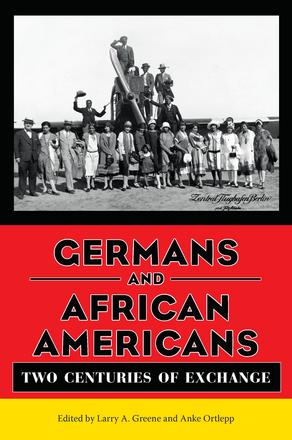
Germans and African Americans
Two Centuries of Exchange
Description
Germans and African Americans, unlike other works on African Americans in Europe, examines the relationship between African Americans and one country, Germany, in great depth.
Germans and African Americans encountered one another within the context of their national identities and group experiences. In the nineteenth century, German immigrants to America and to such communities as Charleston and Cincinnati interacted within the boundaries of their old-world experiences and ideas and within surrounding regional notions of a nation fracturing over slavery. In the post-Civil War era in America through the Weimar era, Germany became a place to which African American entertainers, travelers, and intellectuals such as W. E. B. Du Bois could go to escape American racism and find new opportunities. With the rise of the Third Reich, Germany became the personification of racism, and African Americans in the 1930s and 1940s could use Hitler's evil example to goad America about its own racist practices. Postwar West Germany regained the image as a land more tolerant to African American soldiers than America. African Americans were important to Cold War discourse, especially in the internal ideological struggle between Communist East Germany and democratic West Germany.
Unlike many other countries in Europe, Germany has played a variety of different and conflicting roles in the African American narrative and relationship with Europe. It is this diversity of roles that adds to the complexity of African American and German interactions and mutual perceptions over time.